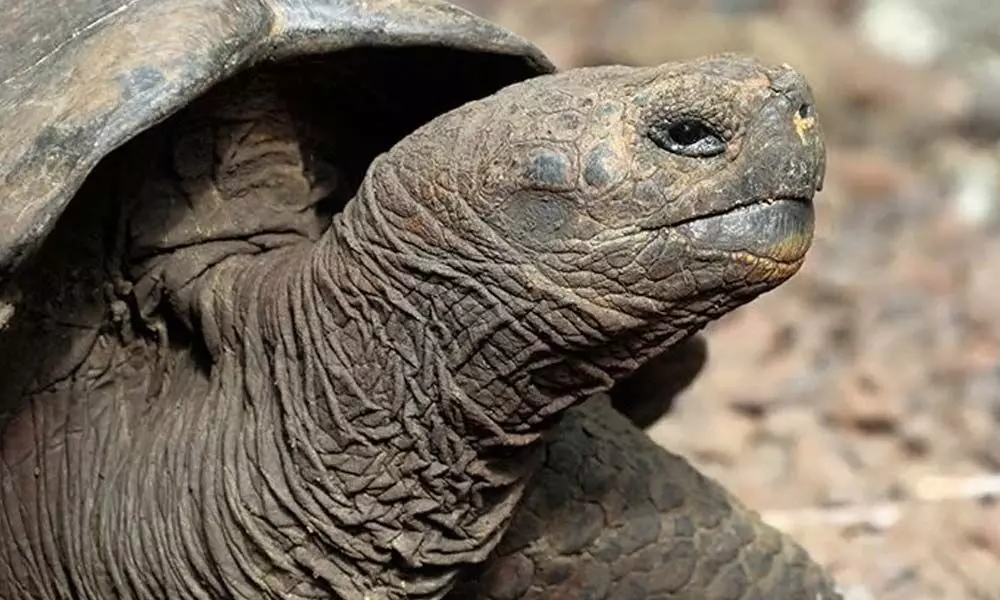New Species Of Giant Tortoise Discovered In Galapagos Islands

New Species Of Giant Tortoise Discovered In Galapagos Islands
- A new variety of giant tortoise has been identified in the Galapagos Islands after DNA testing
- The genetic material of tortoises presently living on San Cristobal was compared to bones and shells recovered in 1906 from a cave in the island's mountains
According to Ecuador's environment ministry, a new variety of giant tortoise has been identified in the Galapagos Islands after DNA testing revealed that creatures residing on one island had not yet been recognized.
The genetic material of tortoises presently living on San Cristobal was compared to bones and shells recovered in 1906 from a cave in the island's mountains, and the researchers discovered that they were not the same.
The lowlands northeast of the island, where the animals live presently, were never explored by 20th-century explorers, and as a result, over 8,000 tortoises belong to a different lineage than previously thought.
The ministry reported that the giant tortoise species that lives on San Cristobal Island, previously identified as Chelonoidis chathamensis, is genetically related to a distinct species.
Galapagos Conservancy stated that the C. chathamensis species is almost evidently extinct and that the island had previously been home to 2 distinct tortoise species, one in the highlands and the other in the lowlands.
The Galapagos Islands, located in the Pacific around 1,000 kilometres (600 miles) off the coast of Ecuador, are a protected wildlife region with distinctive flora and fauna. Charles Darwin, a British geologist and naturalist, made his discoveries on evolution on the archipelago, which made him renowned.
As per the Galapagos National Park, there were initially 15 species of giant tortoise on the islands, three of which fell extinct millennia ago.
Meanwhile, more than 100 years after the species was thought to be extinct, a specimen of Chelonoidis phantastica was discovered on Fernandina Island in 2019. They'll keep collecting DNA from bones and shells to see if the tortoises on San Cristobal, which stretches for 557 kilometres, should be given a new name.
Next Story














